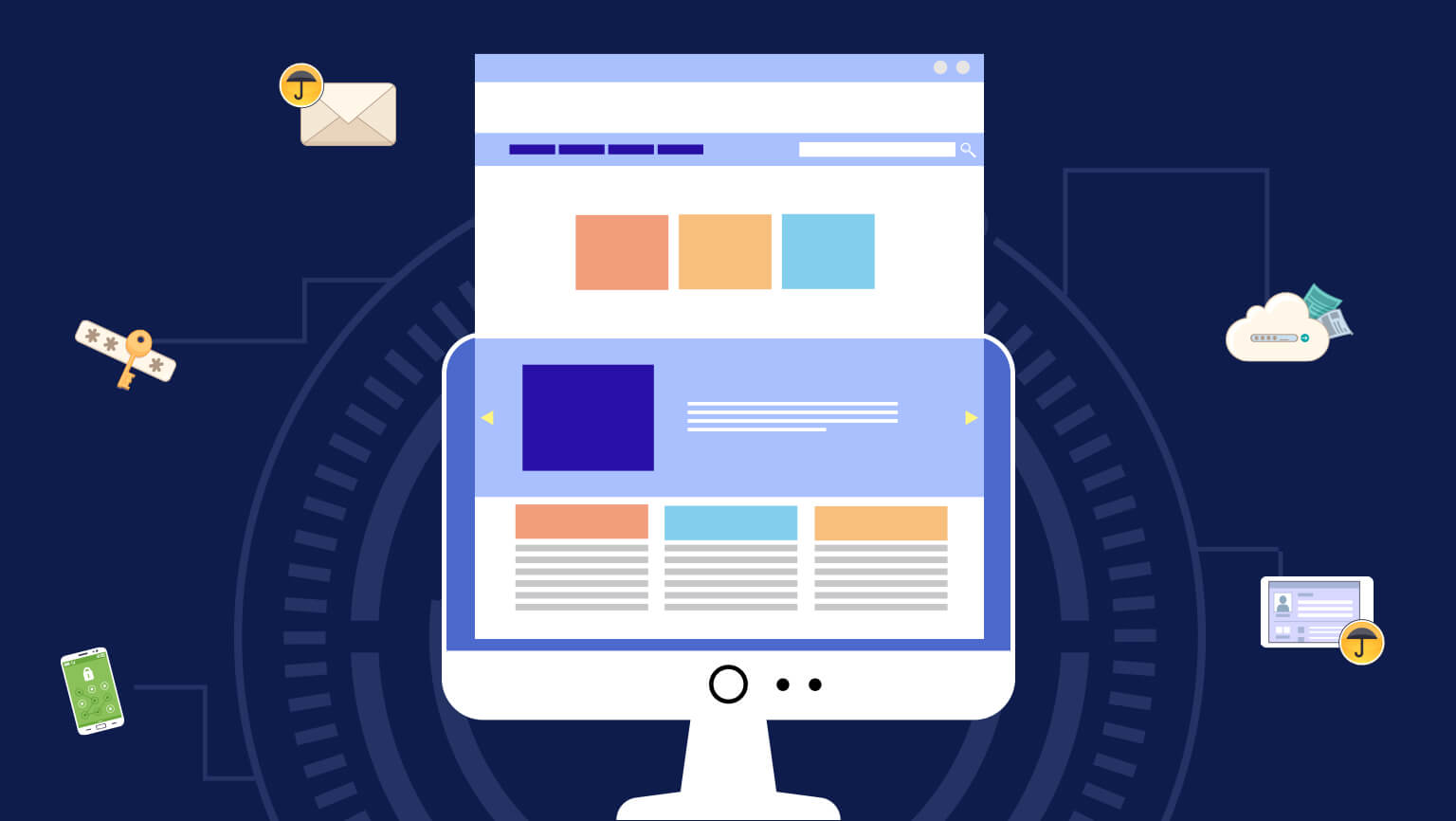Website accessibility tends to be an overlooked aspect of the online world. The internet is often praised as the great equalizer of our time. In many ways – it really does level the playing field by allowing humans to have all the information in the world at their fingertips – literally!
It allows us to easily communicate with people from all over the world with just a few clicks/taps.
But the internet is not always a friendly place for people with disabilities. According to research from Pew, disabled Americans are far less likely to use the internet due to a lack of accessibility they experience with most websites. Another study found that 71% of disabled users will exit a website if it is too difficult for them to use.
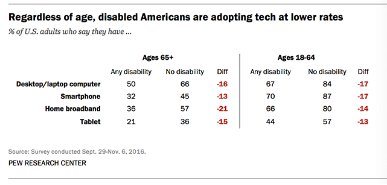
Other stats paint a similar picture:
- 83% of participants with access needs limit their shopping to sites that they know are accessible
- 98% of websites ignore accessibility altogether
Statistics like this make a strong case for creating an accessible website.
But you may have heard some conflicting information regarding website accessibility. Some say that it is incredibly important; others, it’s a waste of time, effort, and money for features that are rarely used.
So . . . what is the truth about website accessibility?
Let’s break down the most common myths and truths about the subject:
It Is Required by Law: Myth (sort of)
Currently, the only entity required by law to adhere to is WCAG (Web Content Accessibility Guidelines) standards are websites for the federal government departments and agencies.
So no, it is not currently a legal requirement for ALL businesses to create an accessible website; however, this could change in the future. And it’s important to note that numerous companies have been sued for a lack of website accessibility.
For example, Domino’s Pizza was sued after a blind customer was unable to use their mobile app with a screen-reading device. This lawsuit was presented before the Supreme Court, which ruled that the pizza chain was not compliant with the Americans with Disabilities Acts and was required to pay restitution.
Similar lawsuits have been filed against numerous other companies, including Winn-Dixie, H&R Block, and Netflix. The number of lawsuits regarding website accessibility has been steadily rising over the past few years.
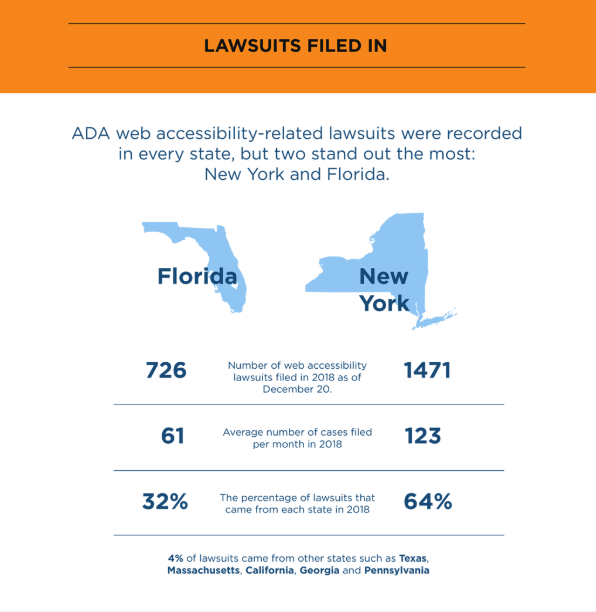
So, the best way to protect your business from getting into legal trouble or scrambling to make changes if more legislation is passed is to make your website accessible now rather than later.
Bonus incentives?
- A recent study found that 86% of Internet users with disabilities have consciously chosen to pay more for products from accessibility-compliant eCommerce sites rather than buying the same product for less from websites that were harder to use.
- That same study estimates that U.K. businesses lost £17 billion by ignoring accessibility. (And if our cousins from across the pond are losing that money, so are we.)
Website Accessibility Can Improve SEO: Truth!
It doesn’t seem like website accessibility would really have much to do with SEO – but it does!
While accessibility is not a direct SEO factor, many elements of website accessibility have a direct correlation to site structure and the user experience. By improving these factors, you can improve boost SEO factors and ranking signals that Google looks for.
For example, to make your website accessible for visually impaired users, it is recommended that you include descriptive alt text to images. This helps screen readers describe visual content. It also gives search engine algorithms better context clues – and can help your links to show up on image searches, specifically.
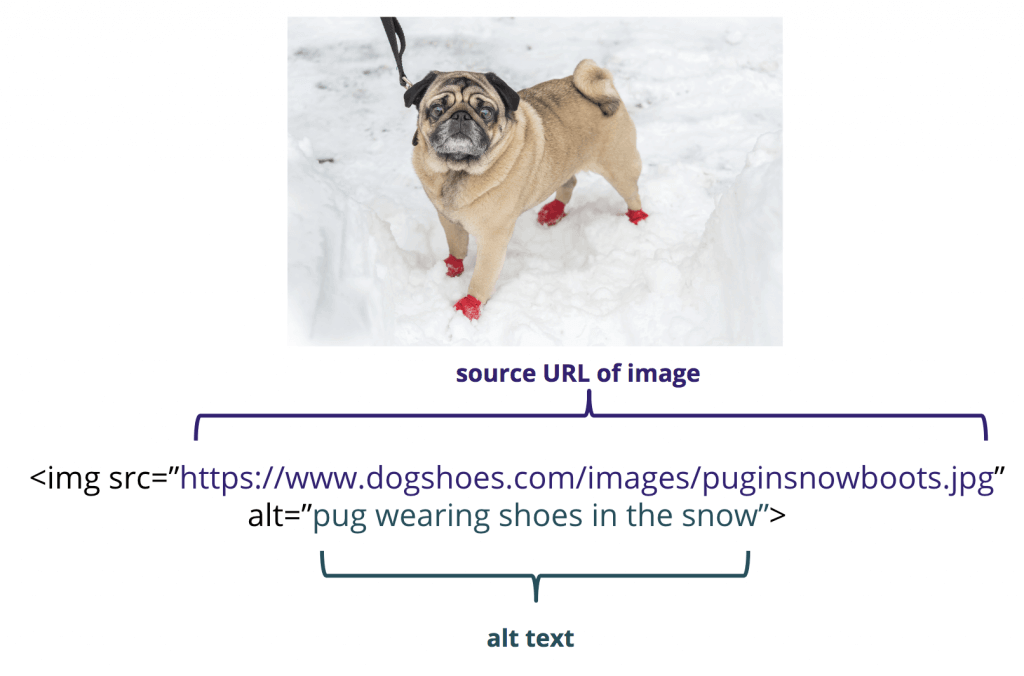
Some other ways that website accessibility can help with SEO include:
- Reducing server load with text – as opposed to media for faster loading speeds
- Improved Schema markups with keyword inclusion
- Optimized sitemaps to help both users and search engine crawlers with navigation
- Better heading structure for content hierarchy
- Video transcription to improves SEO
Super High-Contrast Sites Always Look Terrible: Myth!
One of the easiest fixes to make your website more accessible is by adjusting the contrast of your colors – specifically when it comes to important CTAs.
This can help make your website more accessible for visually-impaired users. WCAG even offers a contrast checker tool to help meet these standards.
However, many argue that increasing the contrast can change the look of your website – hurting the color scheme and design. Obviously, the aesthetic of your business website is important for branding and your reputation.
But the truth is that highly contrasted accessible design doesn’t have to be unattractive.
There are plenty of easy switches, like changing your text from white or grey to black to make it more visible. If you are concerned about the appearance, then you can also make the color contrast accessibility an option – like American Eagle does on their website.
If a user enables accessibility, you can see that the color scheme changes to boost the contrast.
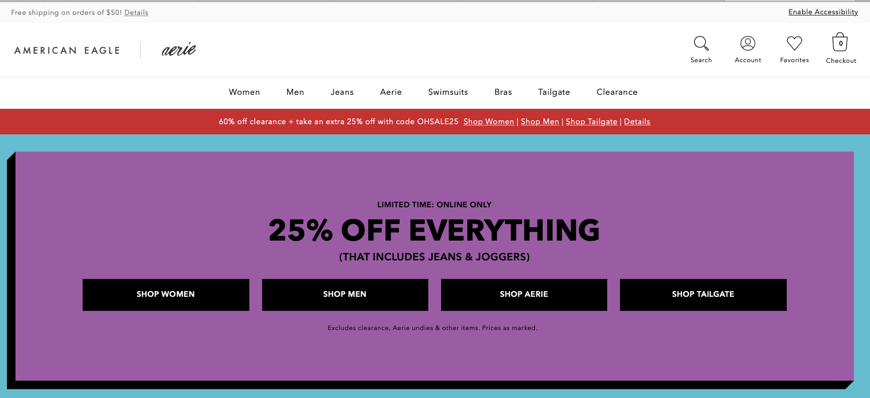
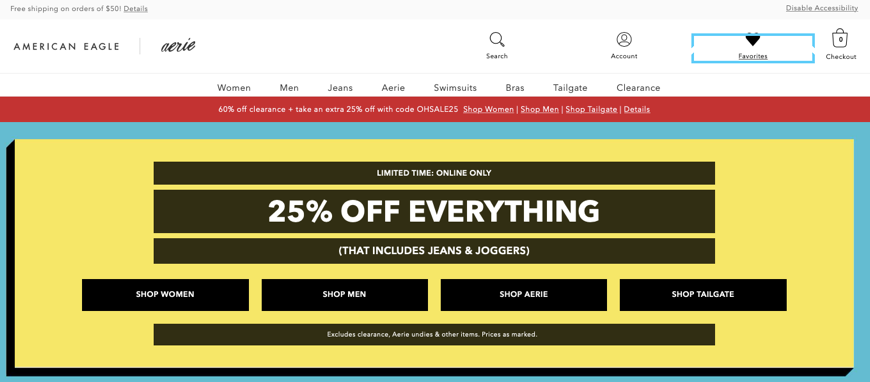
Making Your Site Compliant is a Complicated Process: Myth
The most common reason why a company’s website is not accessible is because they worry that the process of changing their website will be too complicated, take too long, cost too much, or all of the above!
Many fear that it will require a total re-haul of their website.
I’ve got good news for you!
You can easily include small details to make your website more accessible – without changing the outward appearance at all.
Even better?
Many of these changes are quite simple, if you know how to do them. For example, adding in more descriptive header tags and image ALT tags will not change the appearance of your website and can easily be done with minimal coding knowledge.
There are plenty of tools available to help you identify where to make these types of changes to adhere to WCAG 2.0 standards.
Some recommended website accessibility tools are Tenon.io, Power Mapper, and axe Web Accessibility Testing – which will analyze your site and provide recommendations for simple changes.
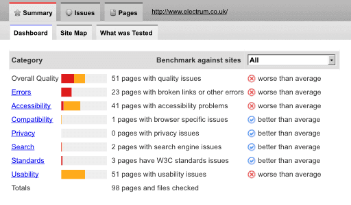
Conclusion
Failing to create an accessible website could be alienating a large consumer segment.
As the 2020s continue, there is simply no excuse for not including elements within your site to make it accessible for everyone. Plus, there are numerous benefits attached to creating an accessible website – and making these changes are easier than you may expect.
For any questions, concerns, or help in meeting website accessibility guidelines and getting your platform up to date, don’t hesitate to reach out to the team at Ayokay and let’s get to work!
Jack Shepler is a Marketing and Search Engine Optimization expert. He founded Ayokay, award-winning marketing, and web design firm in Indianapolis, Indiana that has built brands, increased sales for businesses, and helped nonprofit organizations fulfill their missions since 2011. He uses his decades of experience to educate through the Ayokay blog and through public speaking. You can follow him on LinkedIn.

